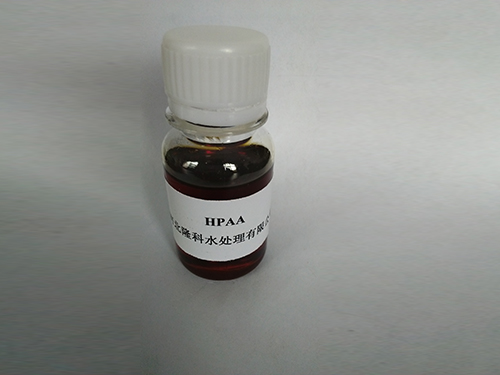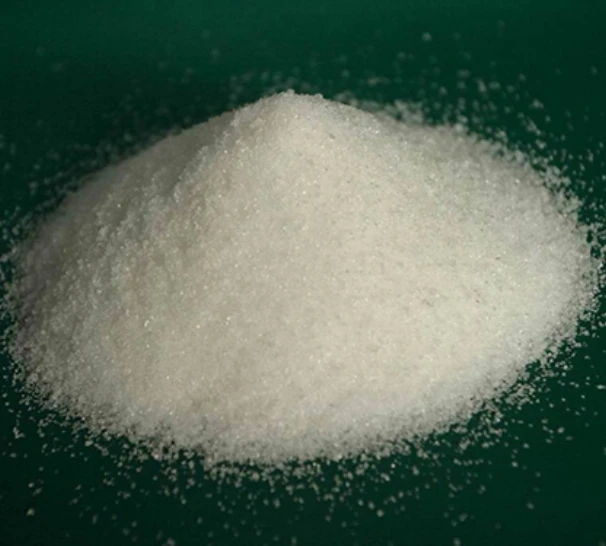3 月 . 05, 2025 04:25
Back to list
types of flocculants in water treatment
In the intricate realm of water treatment, flocculants play a pivotal role in removing suspended particles and ensuring water clarity and safety. Understanding the different types of flocculants can significantly impact the efficiency and cost-effectiveness of a treatment process. This guide explores the primary categories of flocculants, offering insights into their application, benefits, and suitability for various water treatment scenarios.
4. Coagulants While not technically flocculants, coagulants play a crucial role in the flocculation process. Coagulants, like alum and ferric sulfate, destabilize particles, allowing flocculants to effectively agglomerate them into larger clusters. They work synergistically with flocculants to optimize water treatment, providing a more comprehensive approach to particle removal. Industry professionals must assess several factors when selecting an appropriate flocculant water chemistry, target particle size, cost constraints, and environmental considerations. Pilot testing is often recommended to tailor the treatment process to specific water characteristics, ensuring the chosen flocculant performs effectively under operational conditions. In practice, combining flocculants with other treatment technologies, such as filtration and sedimentation, can dramatically enhance efficiency. Integrated systems allow for the adjustment of treatment parameters in real-time, accommodating fluctuating water qualities and ensuring consistent output. Organizations specializing in water treatment continually seek innovative flocculant solutions that are both efficient and eco-friendly. Recent advancements include the development of hybrid flocculants that combine the benefits of organic and inorganic flocculants, minimizing their respective drawbacks. Research into nanoscale flocculants is also promising, as they offer higher surface areas and improved interaction with contaminants. In conclusion, the selection and application of flocculants in water treatment are crucial for achieving desired purity levels. Each type of flocculant offers unique advantages and challenges, requiring careful consideration to balance effectiveness, environmental impact, and cost. By staying informed about advances in flocculant technology and understanding the fundamental properties of each type, water treatment professionals can enhance system performance and sustainability. The strategic use of flocculants not only ensures the safety and clarity of water resources but also aligns with global efforts to promote environmentally responsible treatment processes.


4. Coagulants While not technically flocculants, coagulants play a crucial role in the flocculation process. Coagulants, like alum and ferric sulfate, destabilize particles, allowing flocculants to effectively agglomerate them into larger clusters. They work synergistically with flocculants to optimize water treatment, providing a more comprehensive approach to particle removal. Industry professionals must assess several factors when selecting an appropriate flocculant water chemistry, target particle size, cost constraints, and environmental considerations. Pilot testing is often recommended to tailor the treatment process to specific water characteristics, ensuring the chosen flocculant performs effectively under operational conditions. In practice, combining flocculants with other treatment technologies, such as filtration and sedimentation, can dramatically enhance efficiency. Integrated systems allow for the adjustment of treatment parameters in real-time, accommodating fluctuating water qualities and ensuring consistent output. Organizations specializing in water treatment continually seek innovative flocculant solutions that are both efficient and eco-friendly. Recent advancements include the development of hybrid flocculants that combine the benefits of organic and inorganic flocculants, minimizing their respective drawbacks. Research into nanoscale flocculants is also promising, as they offer higher surface areas and improved interaction with contaminants. In conclusion, the selection and application of flocculants in water treatment are crucial for achieving desired purity levels. Each type of flocculant offers unique advantages and challenges, requiring careful consideration to balance effectiveness, environmental impact, and cost. By staying informed about advances in flocculant technology and understanding the fundamental properties of each type, water treatment professionals can enhance system performance and sustainability. The strategic use of flocculants not only ensures the safety and clarity of water resources but also aligns with global efforts to promote environmentally responsible treatment processes.
Share
Latest news
-
The Ultimate Guide to Flocculants: Transforming Water TreatmentNewsNov.01,2024
-
Improve Your Water Treatment Solutions with PolyacrylamideNewsNov.01,2024
-
Enhance Your Water TreatmentNewsNov.01,2024
-
Empower You to Achieve the Highest Standards of Water QualityNewsNov.01,2024
-
Effective Scale InhibitorsNewsNov.01,2024
-
Discover the Power of Poly Aluminum Chloride in Water TreatmentNewsNov.01,2024





